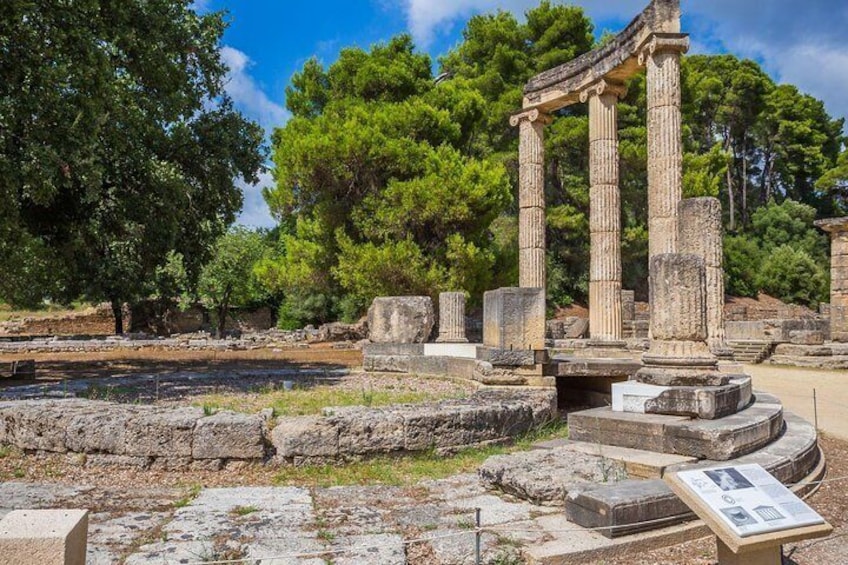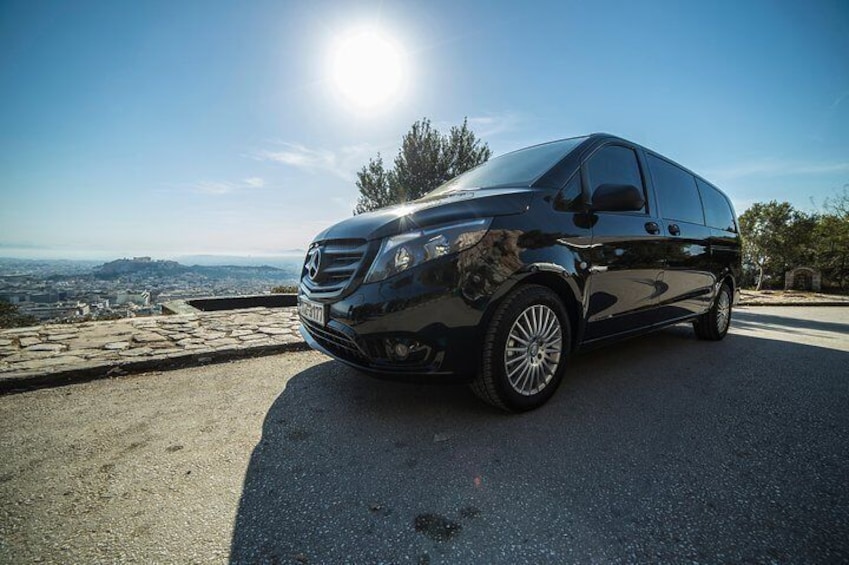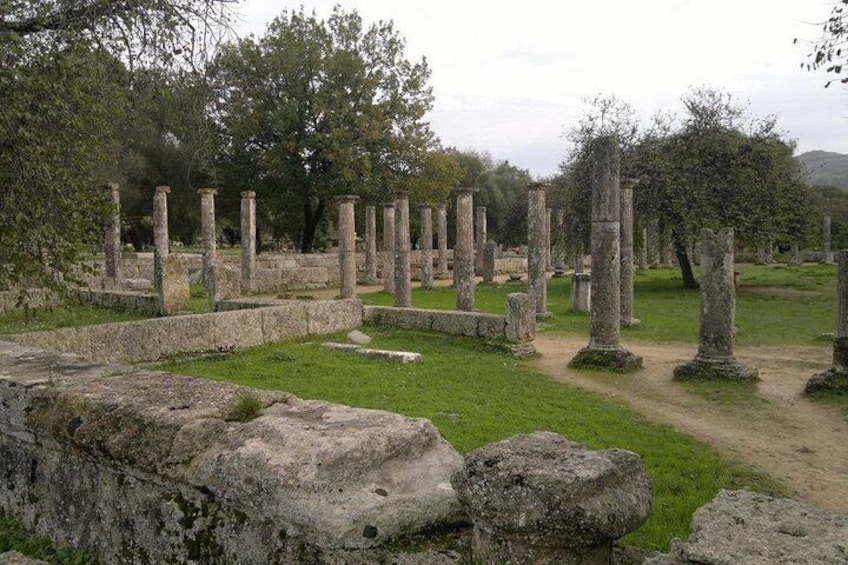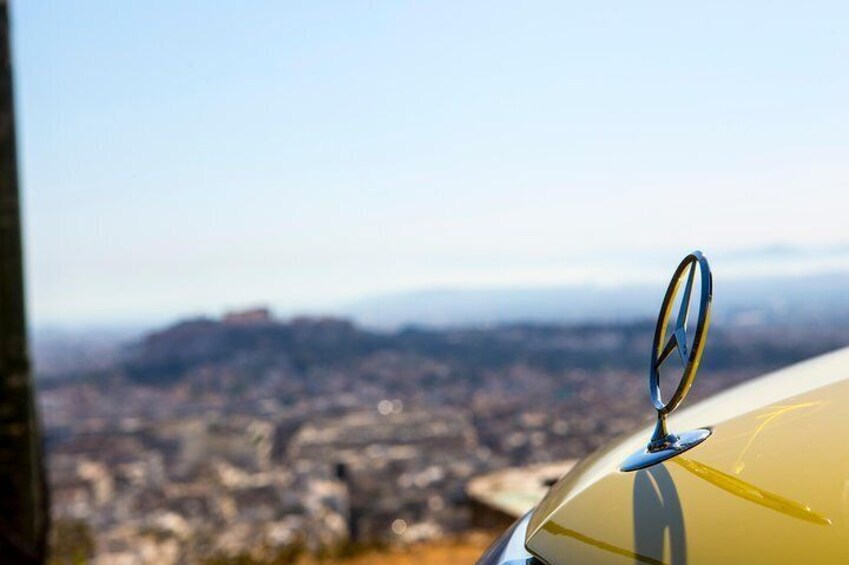




Ancient Olympia full day private tour from Athens
By My Athens Transfers
9/10
9 out of 10Free cancellation available
Features
Overview
Activity location
Meeting/Redemption Point
Check availability
Without food
Pickup included
Language options: English
Price details
CHF 538.33 x 1 AdultCHF 538.33
Total
Until Sat, 5 Apr
With Greek Traditional Food
Lunch: Enjoy authentic Greek cuisine and traditional foods.
Pickup included
Language options: English
Price details
CHF 588.65 x 1 AdultCHF 588.65
Total
Until Sat, 5 Apr
Return to your original page
What's included, what's not
Know before you book
- Public transport options are available nearby
- Infants are required to sit on an adult’s lap
- Specialised infant seats are available
- Suitable for all physical fitness levels
- Our drivers are not official tour guides, but they are knowledgeable and can provide fascinating commentary in fluent English. Although they will not enter the archaeological sites with you, they can answer all of your questions about the places you visit with this tour.
- Third party activities and especially extreme sports are not allowed during the tour. This can be a cause for immediate cancellation of the tour.
Activity itinerary
Location
Activity location
Meeting/Redemption Point
Best Deals on Things to Do
Experience the wonders of the world up close with great deals on things to do near and far. We offer one-of-a-kind activities that allow you to explore Isthmia your way. Whether you love nature, culture, food or a bit of adventure, we have the perfect activity for you.